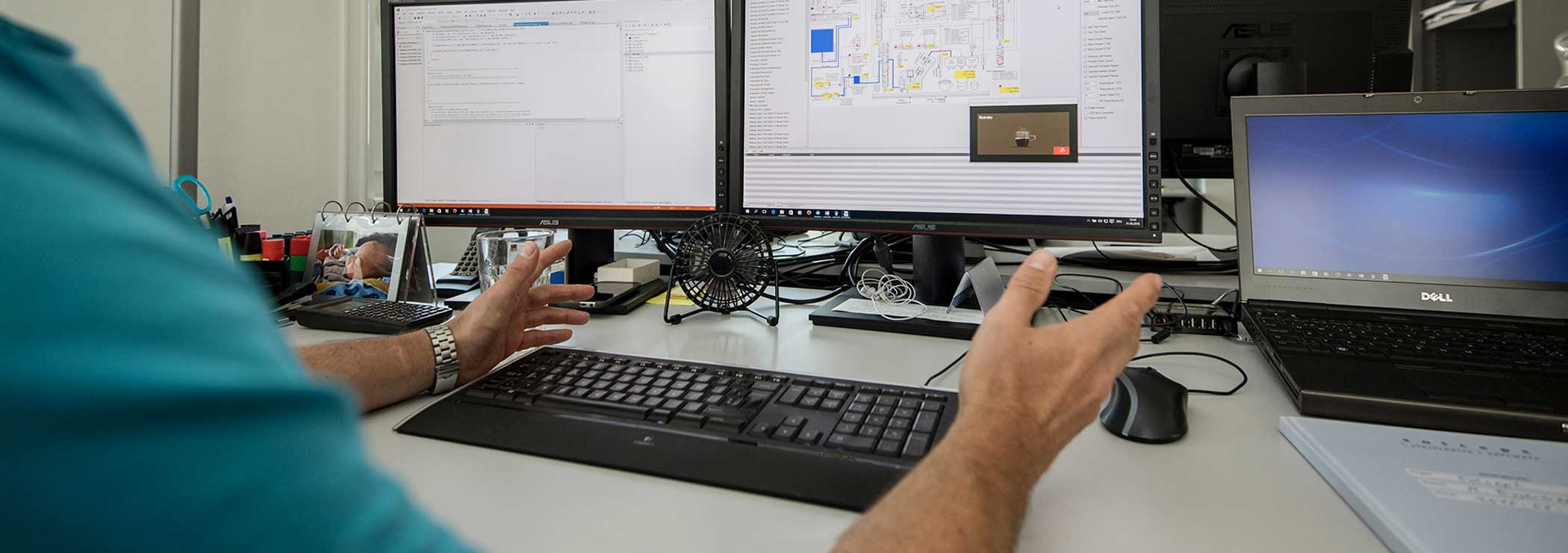How To Evaluate Expertise: the Dreyfus Model
Time to Read 4 min
Since some time we use the Dreyfus model for the assessment of the professional development and the skills of our engineers. I am repeatedly asked about this model. Here the story on how we got to the model and about the version we use:
How to Asses the Abilities of a Specialist?
This is the actual question I asked myself when the need for an assessment of our staff cropped up. Not to generate a ranking at the end of the year, but above all to staff our projects with the right mix of skills. The engineer should not be challenged too much and whenever possible also not be challenged too little.
My wife works in nursing and she taught the Benner model. It is a model describing the professional development of nursing specialists, Funnily enough, this model is based on a model for technical specialists, which was created by the brothers Dreyfus in 1980 for the US Air Force and which they later refined. It defines five competency levels which every specialist runs through in her/ his personal development, not everybody to expert:
Novice - Beginner- Competent- Proficient- Expert.
This was exactly what I needed. The scientific papers however were a little bit too abstract for practical use... Until after some searching on the web I found a version of the model by S. Lester.
We adapted it for our use, now the model looks like this:

